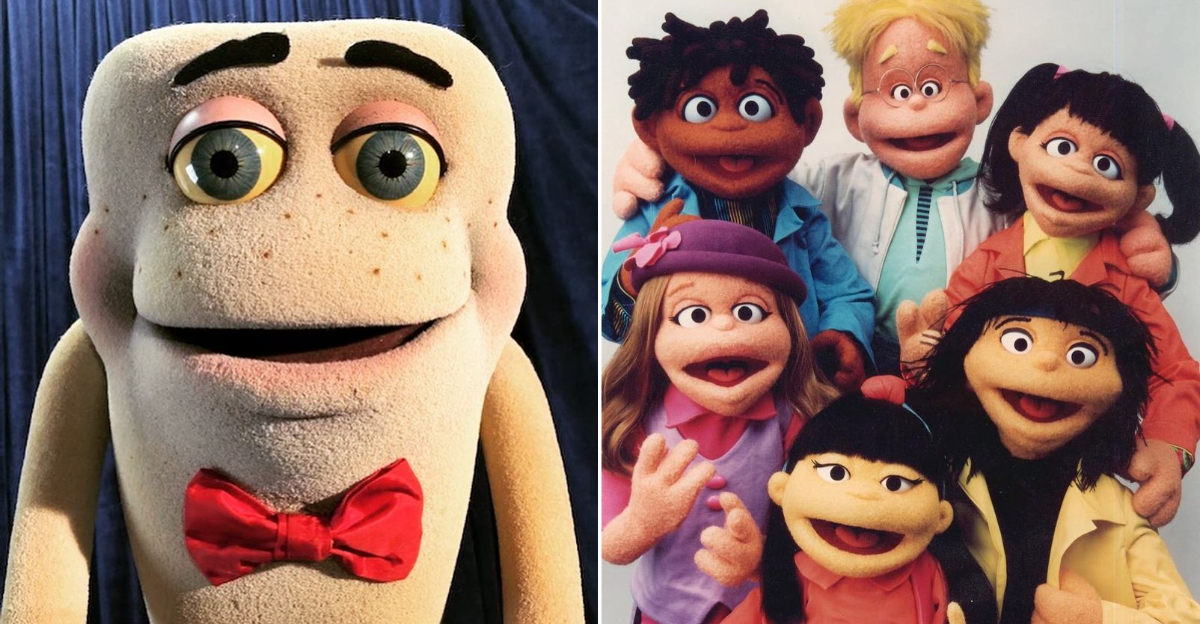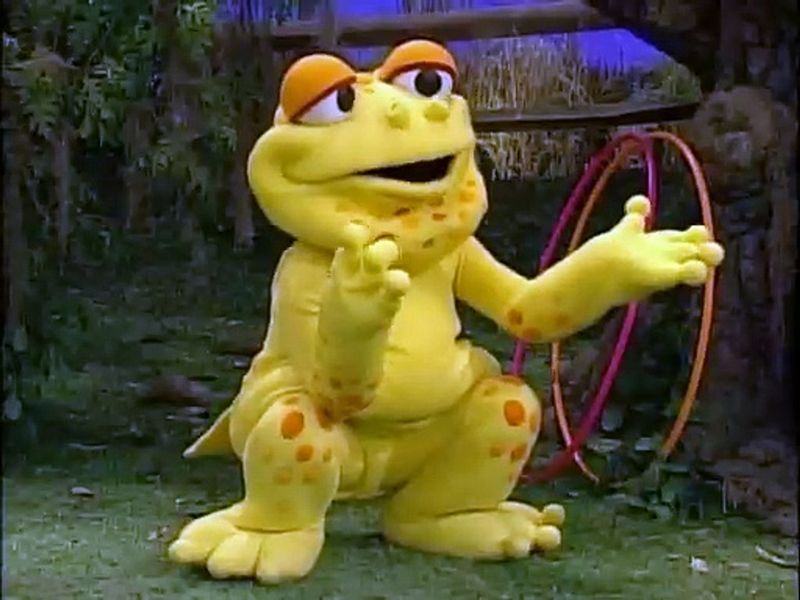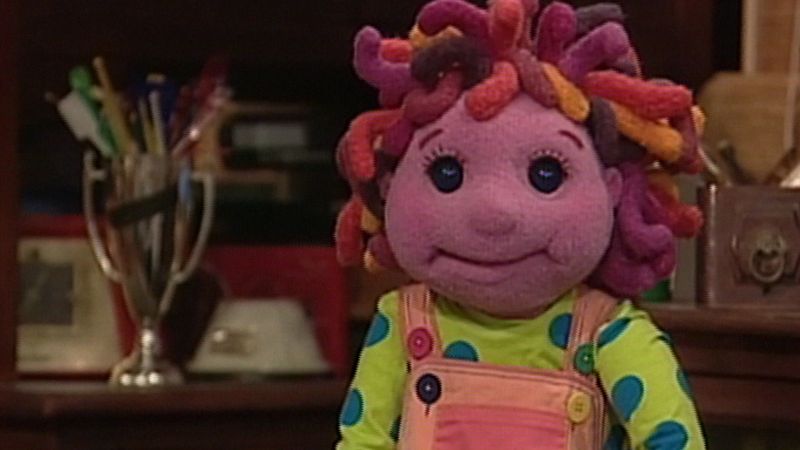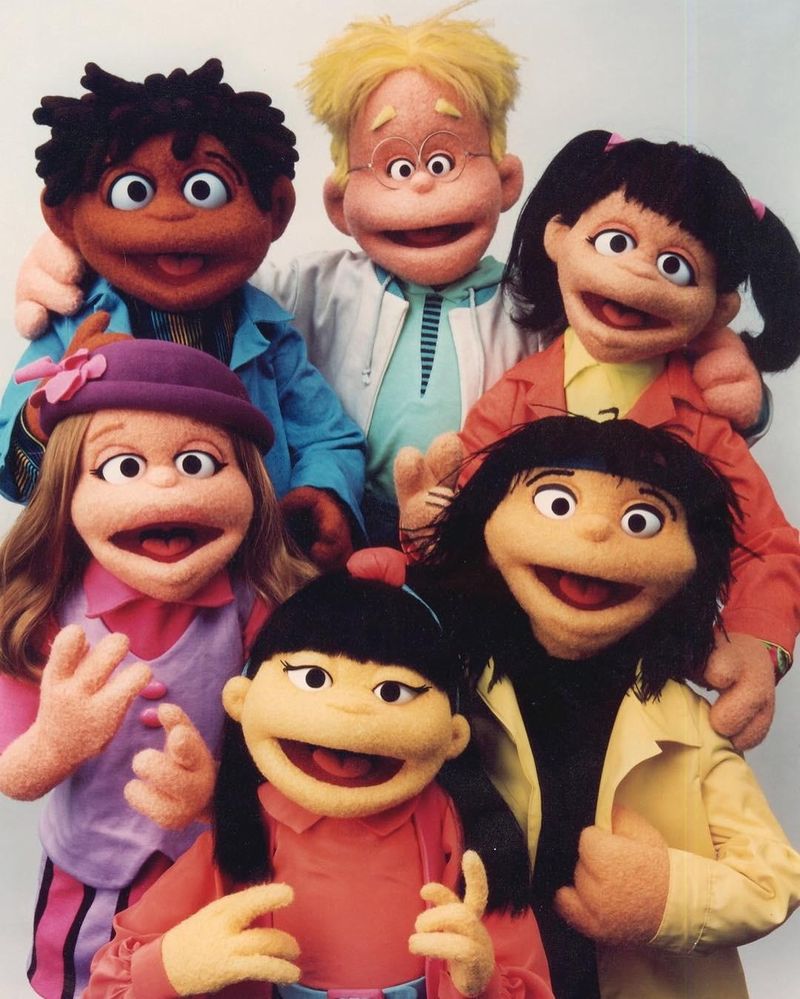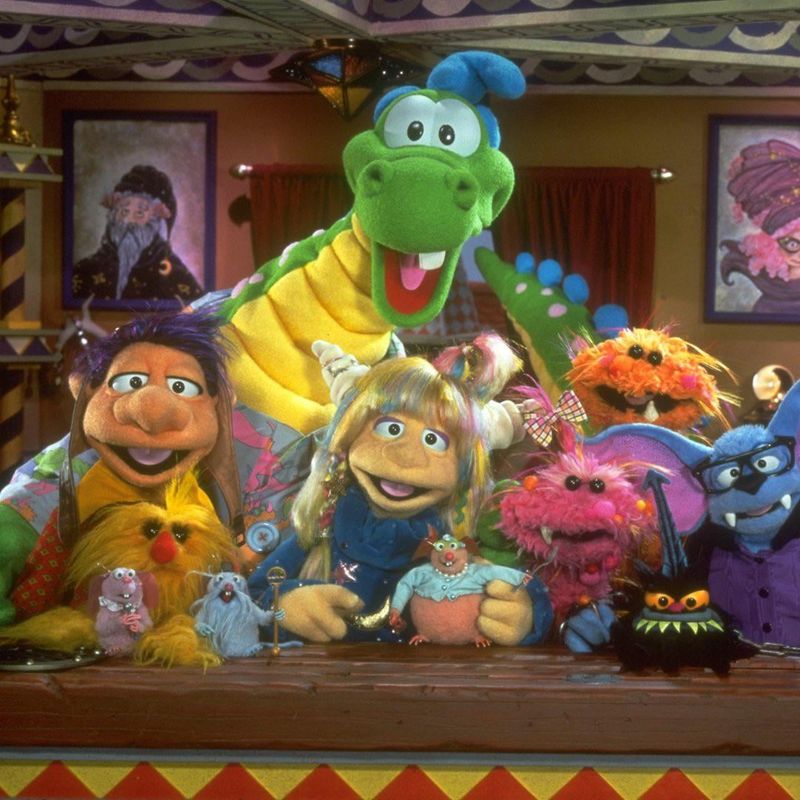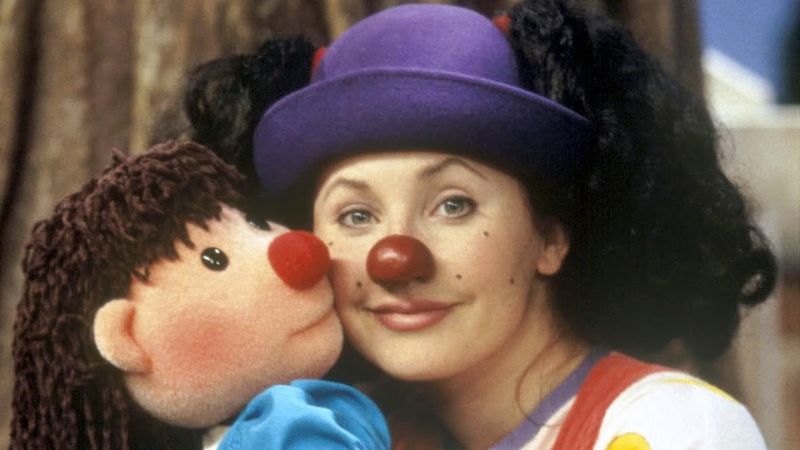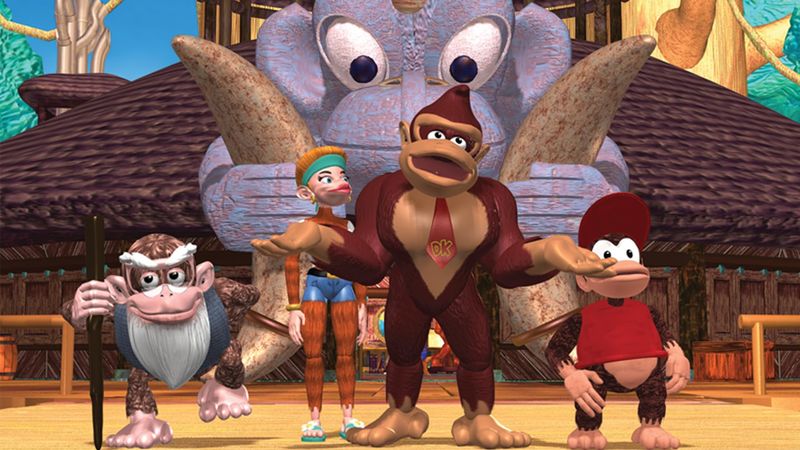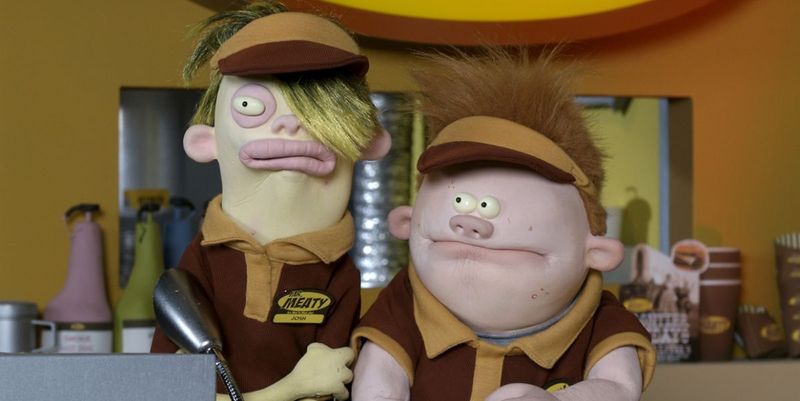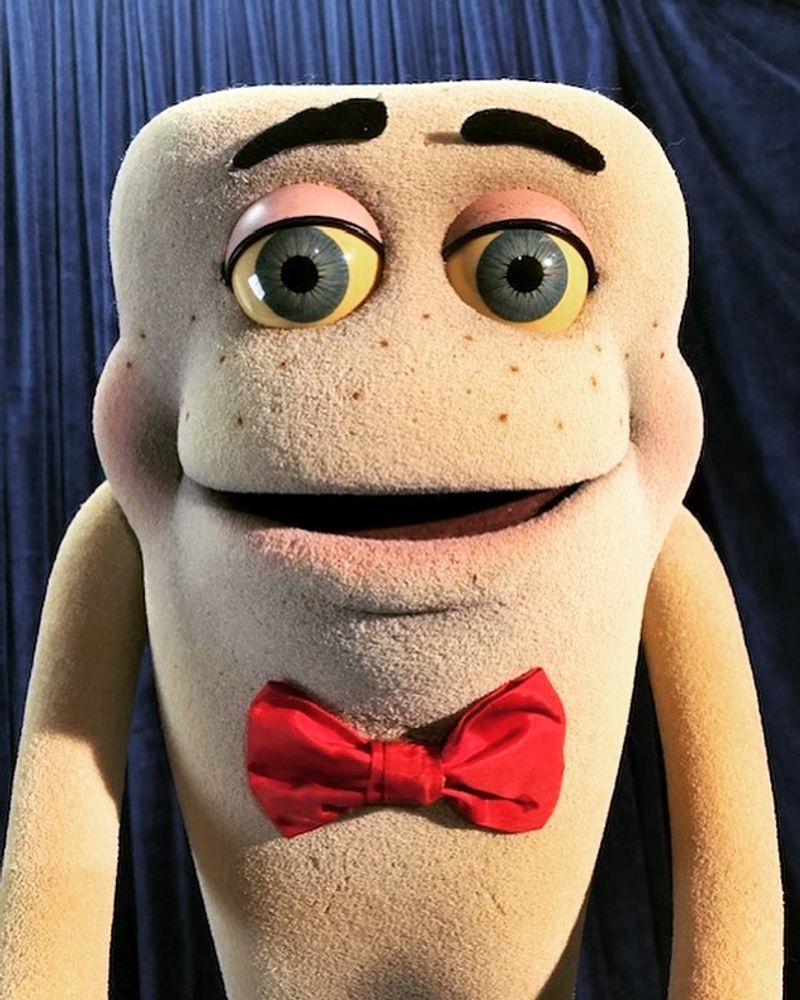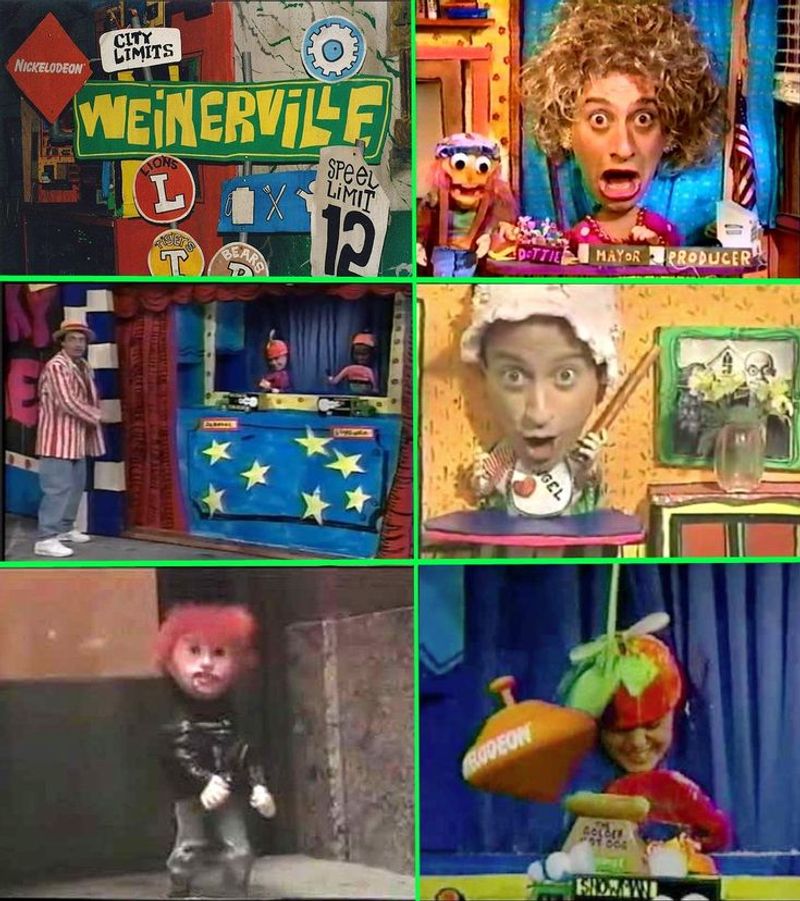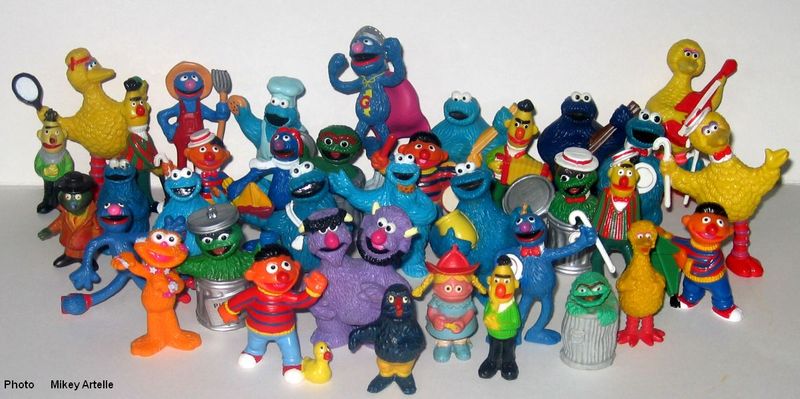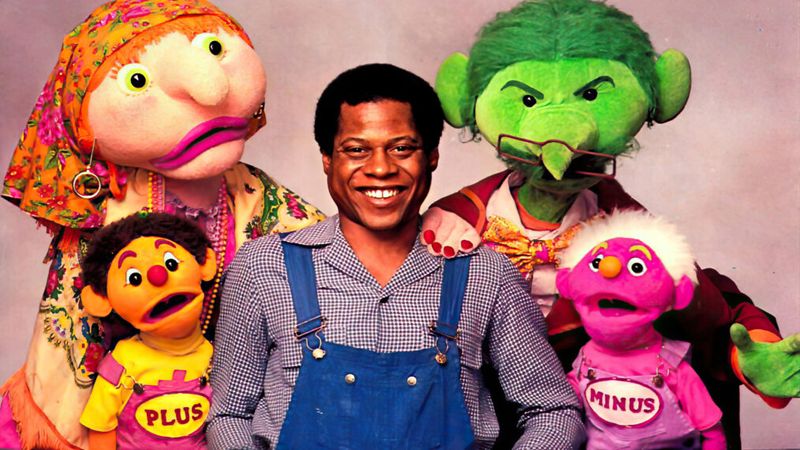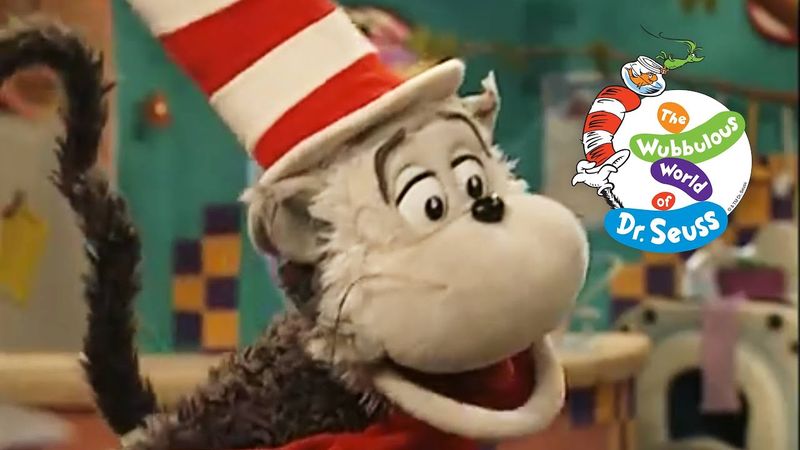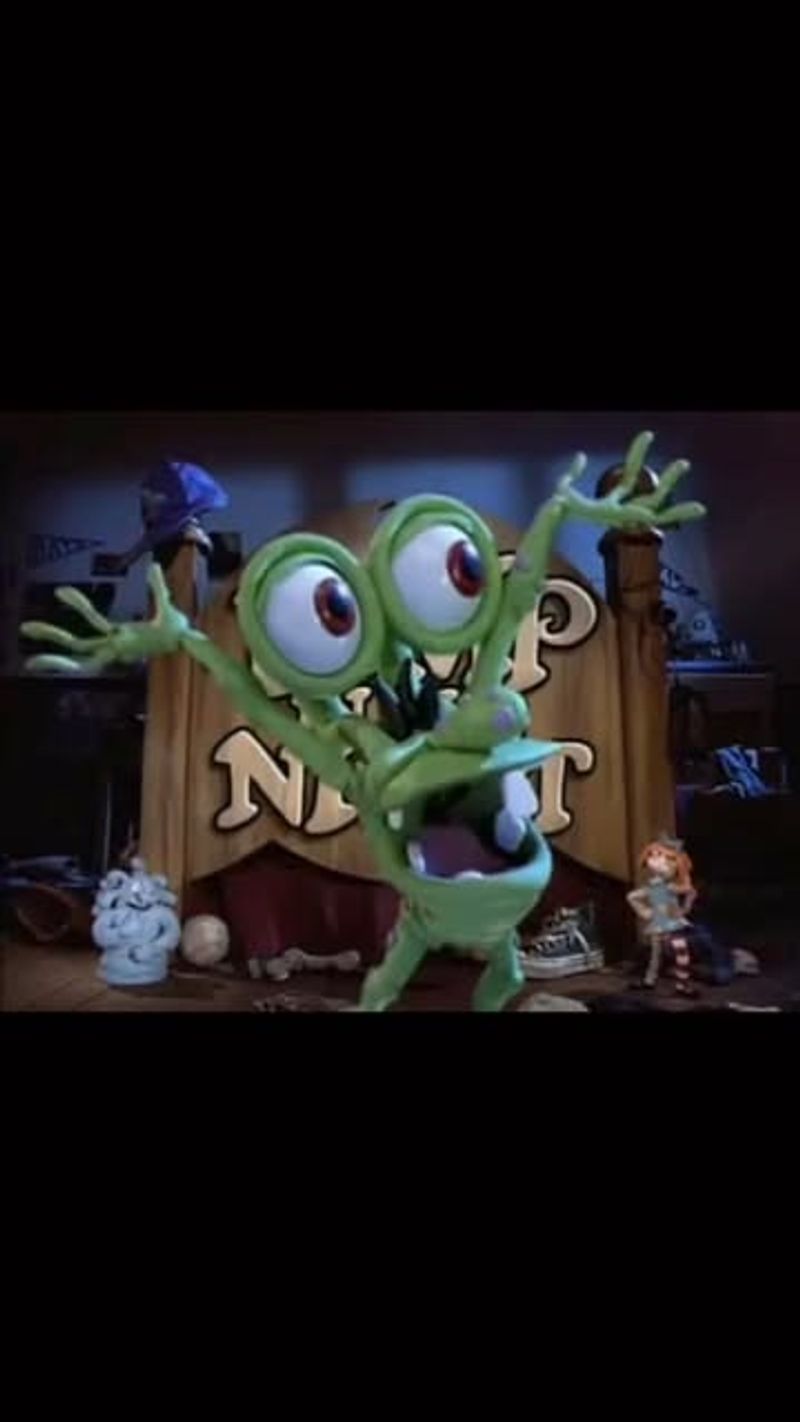Before high-def animation and wholesome streaming content, the ’90s unleashed a parade of puppet-powered fever dreams onto unsuspecting children. These shows were meant to entertain—but for many kids, they sparked more confusion (and nightmares) than joy. Here are 13 puppet-laden kids’ programs from the ’90s that were accidentally horrifying—and totally unforgettable.
1. Gullah Gullah Island (1994–1998)
Gullah Gullah Island celebrated culture and joy, brought to life by the vibrant characters and infectious music. Yet, Binyah Binyah Polliwog, the giant yellow frog puppet, stood out as a curious figure.
Though meant to entertain, his larger-than-life antics sometimes bordered on the surreal. The joyful dances and songs, while delightful, had an odd intensity that left some viewers slightly unnerved. His presence was both enchanting and puzzling.
Intended as a cultural ambassador, Binyah Binyah’s spirited performances were memorable, if not occasionally unsettling. The island’s charm and the puppet’s exuberant personality created a unique viewing experience that balanced between educational delight and whimsical oddity.
2. Allegra’s Window (1994–1996)
In Allegra’s Window, the young puppet Allegra introduced us to her world one peek at a time. Her oversized eyes and gentle demeanor made her endearing, yet the emotionally layered narratives were complex for her viewers.
The show’s intention to explore life lessons through Allegra’s experiences was ambitious. However, the combination of soft-spoken puppets and nuanced themes often left children in introspective states. It was a therapeutic yet quietly unsettling experience.
Allegra’s universe, while designed to be comforting, sometimes delved into topics that were unexpectedly profound. The result was a blend of curiosity and mild disturbance, as Allegra navigated her way through a world that seemed both enchanting and perplexing.
3. The Puzzle Place (1995–1998)
The Puzzle Place seemed innocent enough, focusing on diversity and friendship. Yet, the puppets’ uncanny, frozen faces and oddly adult dramas offered a peculiar experience. Their movements, paired with that existential intro song, often left children bewildered.
As the episodes unfolded, the seemingly simple storylines revealed deeper emotional complexities, which were not always easy for young minds to grasp. The show aspired to teach inclusivity, but sometimes its method added to the surreal atmosphere.
These puppets, while aiming to be relatable, inadvertently mirrored adult conflicts, sparking confusion. The intention for cultural awareness was noble, but the presentation led to mixed feelings. For some, the puppets’ expressions lingered as childhood’s puzzling memories.
4. Eureeka’s Castle (1989–1995)
Eureeka’s Castle, though technically an ’80s show, became an icon for ’90s kids. Its surreal setting captivated imaginations, but characters like Magellan, the dragon with chronic sinus issues, were unintentionally spooky. His odd sneezes echoed in young minds.
Eureeka, the castle’s resident sorceress, tried her best to keep the magical inhabitants in order. However, the constant chaos and bizarre scenarios left viewers in a state of curious perplexity. The show mixed magic with everyday lessons.
Despite the whimsical intent, the peculiar puppet designs and their eccentric behaviors often left audiences more baffled than entertained. The castle’s quirky charm was undeniable, but it existed within a dreamlike, and sometimes unsettling, realm.
5. The Big Comfy Couch (1992–2006)
The Big Comfy Couch, with its mix of human actors and puppets, blurred the lines of reality. Loonette the Clown’s adventures were charming, yet Granny Garbanzo’s puppet friends added an unexpected eerie touch.
Molly, Loonette’s doll, seemed alive in her own right, adding a playful yet slightly unsettling dynamic. The clock-stretching exercises and exaggerated furniture evoked a surreal sense of time and place.
While the whimsy engaged young viewers, the peculiarities within the cozy couch world sometimes bordered on the bizarre. The show’s imaginative setting was both a playground of fun and a landscape of peculiar oddities, making it a unique, albeit strange, memory.
6. Donkey Kong Country (1996–2000)
Donkey Kong Country wasn’t a traditional puppet show, yet its CG animation carried an eerie marionette feel. The characters, with their dead-eyed expressions, inhabited an uncanny valley, blending nostalgia with unease.
As viewers watched the digital gorillas navigate their jungle, the odd animations and stilted movements gave off a puppet-like quality. The vibrant visual style clashed with the unsettling execution, leaving a lasting impression.
This video game adaptation, while innovative, often felt like a surreal fever dream. The mix of exaggerated digital animation with familiar gaming characters resulted in a peculiar portrayal that was as captivating as it was unsettling.
7. Mr. Meaty (2005, piloted in 2002)
Mr. Meaty emerged from Nickelodeon’s darker humor phase, presenting a puppet show that was both grotesque and fascinating. With saggy skins and odd expressions, the puppets operated in a fast-food joint serving surreal, sometimes disturbing, meals.
Designed to reflect teen culture, the exaggerated features and bizarre storylines often left viewers in a state of amused disbelief. The puppets’ lives intertwined with greasy food and peculiar situations.
Despite its comedic intent, Mr. Meaty often tiptoed into the absurdly creepy. The exaggerated puppet designs and quirky humor provided a unique, albeit unsettling, perspective on teenage life, capturing a peculiar zeitgeist of early 2000s oddity.
8. The Adventures of Timmy the Tooth (1995)
Timmy the Tooth combined dental hygiene with storytelling, crafting a peculiar puppet experience. Timmy, with his oversized teeth and bright demeanor, embarked on whimsical adventures.
Yet, the underlying theme of dental hygiene sometimes turned into a surreal journey, especially with villains like the Cavity Goon. The educational intent often transformed into bizarre battles between good dental practices and quirky puppet foes.
While aiming to teach children about dental care, the show’s peculiar charm lay in its odd storytelling and eccentric characters. Timmy’s adventures, though well-meaning, had an uncanny edge that lingered in childhood memories.
9. Weinerville (1993–1997)
Weinerville brought a mix of live-action and puppetry that was as bizarre as it was entertaining. Host Marc Weiner’s head, placed on puppet bodies, created visual oddities that intrigued and bewildered.
The show’s format, combining human and puppet interactions, offered a unique viewing experience. The eccentric characters and slapstick humor added to its charm, yet the visuals remained slightly unsettling.
As a Nickelodeon oddity, Weinerville thrived on its low-budget creativity, blending humor with a touch of the surreal. The distinct format captured a quirky essence that resonated with young audiences, despite its sometimes eerie presentation.
10. Sesame Street (The ’90s Edition)
Sesame Street, a staple for children, took a surreal turn in the ’90s. Characters like Honkers and the Two-Headed Monster added whimsical chaos to the educational environment.
While the show aimed to enlighten and entertain, its trippy animation interludes and peculiar puppet antics often left young viewers perplexed. The mix of education and eccentricity created a unique blend.
Despite its educational mission, the ’90s era was marked by a psychedelic flair that captivated and occasionally confused. The beloved puppets, while nurturing childhood learning, also invited viewers into a world of unexpected fun and curiosity.
11. Pinwheel (1977–1991 reruns into the ’90s)
Pinwheel, though originating in the late ’70s, continued to enchant ’90s audiences with its gentle nature. The handmade puppets, with their lo-fi charm, offered a glimpse into a simpler storytelling era.
As reruns aired, the show maintained its nostalgic allure, drawing viewers into its whimsical world. The quaint puppets and soft-spoken narratives were calming, yet carried an air of the surreal.
The simplicity of Pinwheel’s design and storytelling created a comforting, if slightly eerie, atmosphere. It stood out as a relic from the past that managed to captivate new generations with its unique charm.
12. The Wubbulous World of Dr. Seuss (1996–1998)
The Wubbulous World of Dr. Seuss brought Dr. Seuss’s imaginative tales to life with puppetry. However, the puppet versions of beloved characters, like the Cat in the Hat, felt more uncanny than whimsical.
Jim Henson’s workshop crafted the puppets with care, yet their exaggerated expressions sometimes veered into the unsettling. The show’s colorful landscapes and quirky narratives added to the surreal experience.
While capturing Seuss’s whimsical spirit, the translation to puppetry added an unexpected edge. The eccentric portrayal of classic characters resulted in a visually intriguing, yet slightly offbeat, rendition of the beloved stories.
13. Bump in the Night (1994–1995)
Bump in the Night, with its claymation puppets made from junk, danced between humor and horror. The show’s premise revolved around creatures living under the bed, leading young viewers into a world of bizarre adventures.
The puppets’ grotesque charm and the mix of gross-out humor made for a memorable, if not peculiar, experience. Each episode offered a glimpse into a junk-filled wonderland, teetering on the edge of nightmarish.
Despite its quirky appeal, the show’s offbeat humor and puppet design often left viewers in a state of amused bewilderment. It was Toy Story’s weird older cousin, offering a blend of creativity and eerie oddity.
